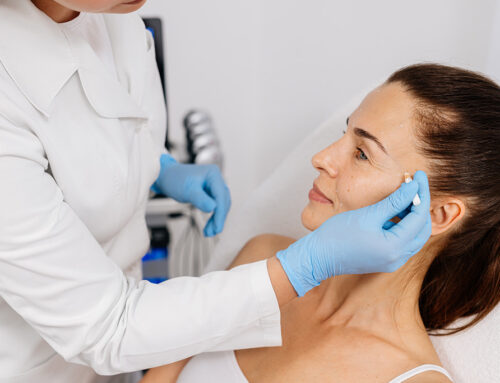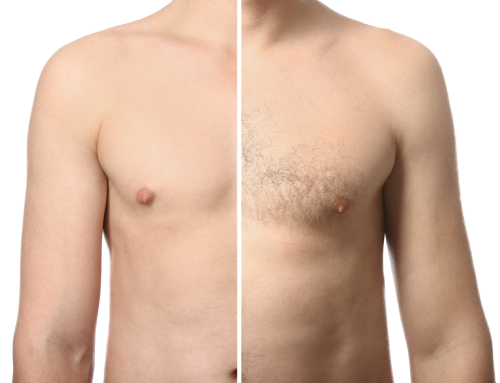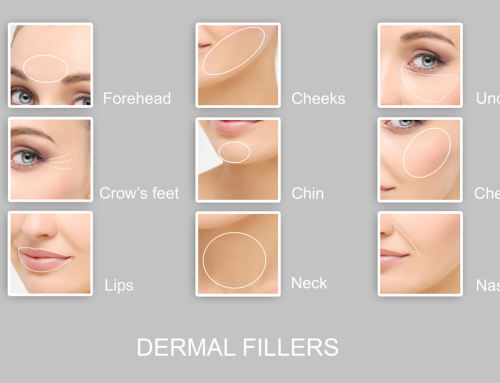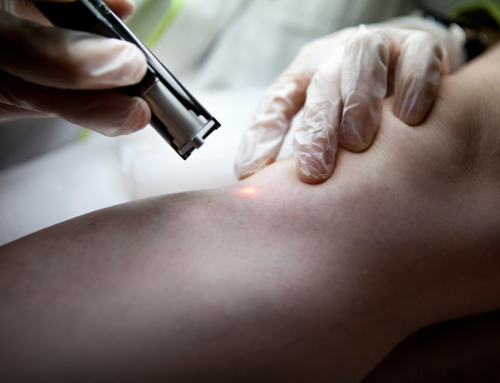History of Botox
Botox is a prescription medication used for multiple purposes. As a facial treatment, it eliminates forehead lines, crow’s feet, and frown lines between the eyebrows. Botox has also proven beneficial for alleviating the symptoms of chronic migraines, urinary incontenance, eye spasms, excessive underarm sweating, and certain forms of muscle stiffness. Cosmetic uses help reverse the signs of aging in adults over the age of 21 through muscle injection.
What Is Botox?
Botox is made from a bacterial toxin called botulinum. It’s the same bacteria that may cause botulism illness in humans. But when injected into the muscles of the face, the dose is much, much smaller than that needed to cause illness. Additionally, the body metabolizes the botox, meaning it never enters the bloodstream. this type of bacteria is also unable to replicate.
As a prescription drug, Botox works by relaxing the muscles of the face where the injection occurs. As the muscles relax, or become paralyzed, lines and wrinkles disappear. This typically happens over time and not immediately. Eventually, the paralysis wears off and additional injections are needed, usually within 2 to 6 months.
History of Botox
Today, botox injections are among the most commonly performed cosmetic procedures. But it has been only recently that its popularity has soared. First used medically in the 1970s as a treatment for crossed eyes, scientists noted that botox also smoothed the wrinkles in the faces of test animals. Shortly thereafter, Allergan Pharmaceutical company branded the medical injection as Botox and began seeking FDA approvals. Since 2002, Botox has been an approved facial treatment for soothing lines between the eyebrows in adults. In 2010, it received approval for lip injection. Lastly, in 2010, Botox was FDA-approved in the treatment of crow’s feet. It’s considered a safe treatment to reverse the signs of aging in most people.
Can Everyone Have Botox Treatments?
There are some people who should not use Botox to treat lines and wrinkles in the face. These include women who are pregnant or nursing, anyone who suffers from a neurological disease such as neuropathy or ALS, and anyone allergic to human albumen. Side effects of Botox vary and are usually mild. They may include headache, flu-like symptoms, injection-site bruising, or droopy eyelids.
Schedule Your Consultation Today
If you’re interested in learning more about how Botox can erase the signs of aging, schedule an appointment with a Botox provider today. Typically, only licensed practitioners such as dermatologists, opthamologists, or plastic surgeons administer this procedure. Be sure to question the credentials of your provider before receiving treatment.













